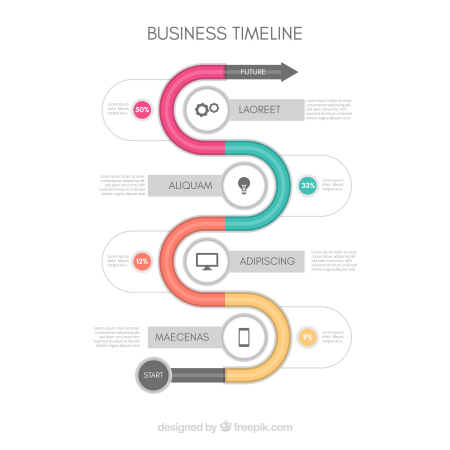
Before the pandemic, it would have sounded insane for someone to think they could pitch investors over the telephone. Granted, you can meet investors online and start a conversation there. However, when it’s time to convince investors to support your goals, many believe a face-to-face meeting is of absolute necessity.
COVID-19 changed this school of thought. The pandemic locked the world down and forced everyone to conduct their business remotely. If you wish to talk to investors and win them over remotely, we want you to know that that is very much possible.
How to entice and pitch investors in a remote world
HOW TO ENTICE INVESTORS REMOTELY
Search online for investors of the best fit
To entice, you first have to do your due diligence to find investors of the best fit. It’s a lot easier to talk to and convince someone with a special interest in your field and demographics. If you’re pitching someone who isn’t inclined toward your sector, you’re going to need more than a remote pitch to drive your message home.
Create a striking introduction email
If you’re pitching an investor remotely, chances are someone introduced them to you, or you found them online. In that case, they know nothing about you.
To stand out from the rest of the guys already in their inboxes, make sure your introduction email hits the right chord.
Approach with visual aids in your proposal
A remote pitch means you have less time to drive your message home. To make the most of the little time you have, you have to ensure your data and facts are presented in an easy-to-digest format.
Flowcharts help you achieve this. They can show the various stages involved in realizing the ultimate goals. In short, they help you say so much in just a few words. Since many investors don’t have the time to read lengthy blocks of boring texts, flowcharts can help them understand your views quickly.
To create your pitch proposal flowcharts, it’s advisable to use an online flowchart maker. This type of tool lets you create and share documents remotely. Plus, they also have collaboration and communication features, which allow for back-and-forth conversations between you and a potential investor. For example, when you send a pitch containing a descriptive flowchart to an investor, they could leave an in-line comment on the chart, and then you can respond to this comment.
Create a special chapter or presentation that talks about revenue
At the end of the day, every investor in business wants to make money. The fact you’re pitching remotely doesn’t change it. Heck, it even amplifies it. You have to showcase the expected revenue potential of the business. Along with the business description, you must attach a financial report to your proposal.
Go straight to the point in your deck
There’s no point beating around the bush. Cut to the chase and tell your prospective investor how much you think will realize the business. You can even state this in your opening email. That way, if an investor is interested, they will contact you. And if not, then that’s it.
Send a similar investment story
The fact you’re pitching remotely doesn’t mean you can’t still leverage emotional tactics. The fear of missing out (FOMO) is one concept that’s proven to help get people in line.
Leverage FOMO by sending potential investors investment stories similar to the one you’re pitching. This can be a story that made the cover of the Wall Street Journal or one you made up. The idea is to help investors see that what you’re pitching has been achieved before.
Show you’re more than a fantasy
Before you approach an investor, make sure you’ve done your due diligence to gather a bit of a fanbase for your product/solution. For example, a few thousand followers on your business page on social media.
Show your face
One of the challenges facing remote pitches is the fear that an ideator may not be all they seem. Many investors may be skeptical about your legitimacy. Considering the number of cybercrime news flying about, who can blame them?












